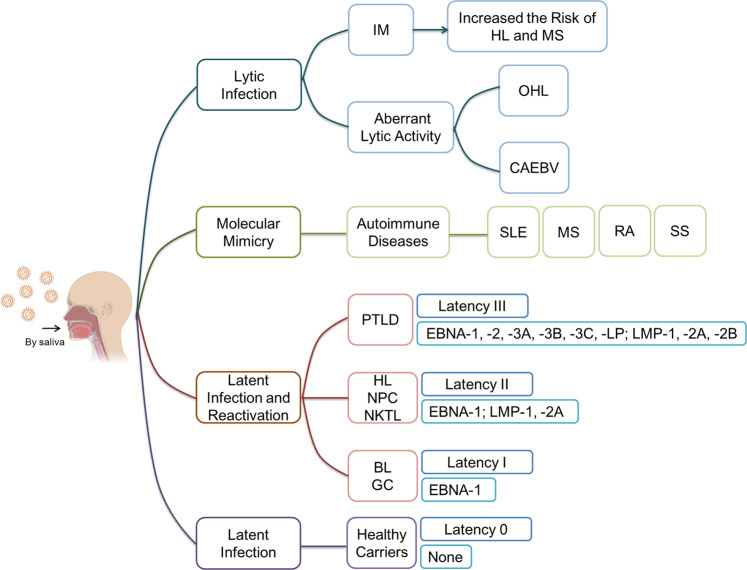Fig. 1. EBV-associated diseases and latency states.
Primary EBV infection can cause infectious mononucleosis (IM), which also increases the risk of Hodgkin’s lymphoma (HL) and multiple sclerosis (MS). EBV aberrant lytic activity is associated with oral hairy leukoplakia (OHL), chronic active EBV disease (CAEBV). EBV infection and reactivation cause several autoimmune diseases, including rheumatoid arthritis (RA), Sjögren’s syndrome (SS), systemic lupus erythematosus (SLE), and MS through molecular mimicry. Besides, EBV is tightly associated with various lymphomas, including Burkitt’s lymphoma (BL), HL, natural killer/T-cell lymphoma (NKTL), as well as epithelial malignancies such as gastric carcinoma (GC) and nasopharyngeal carcinoma (NPC). The EBV latency state in HL, NKTL, and NPC is type II, while BL and GC display EBV latency type I. Besides these cancers, EBV latency is also associated to lymphoproliferative diseases in patients after stem cell transplantation or solid organ transplantation (PTLD). The figure was made from Biorender.com.

